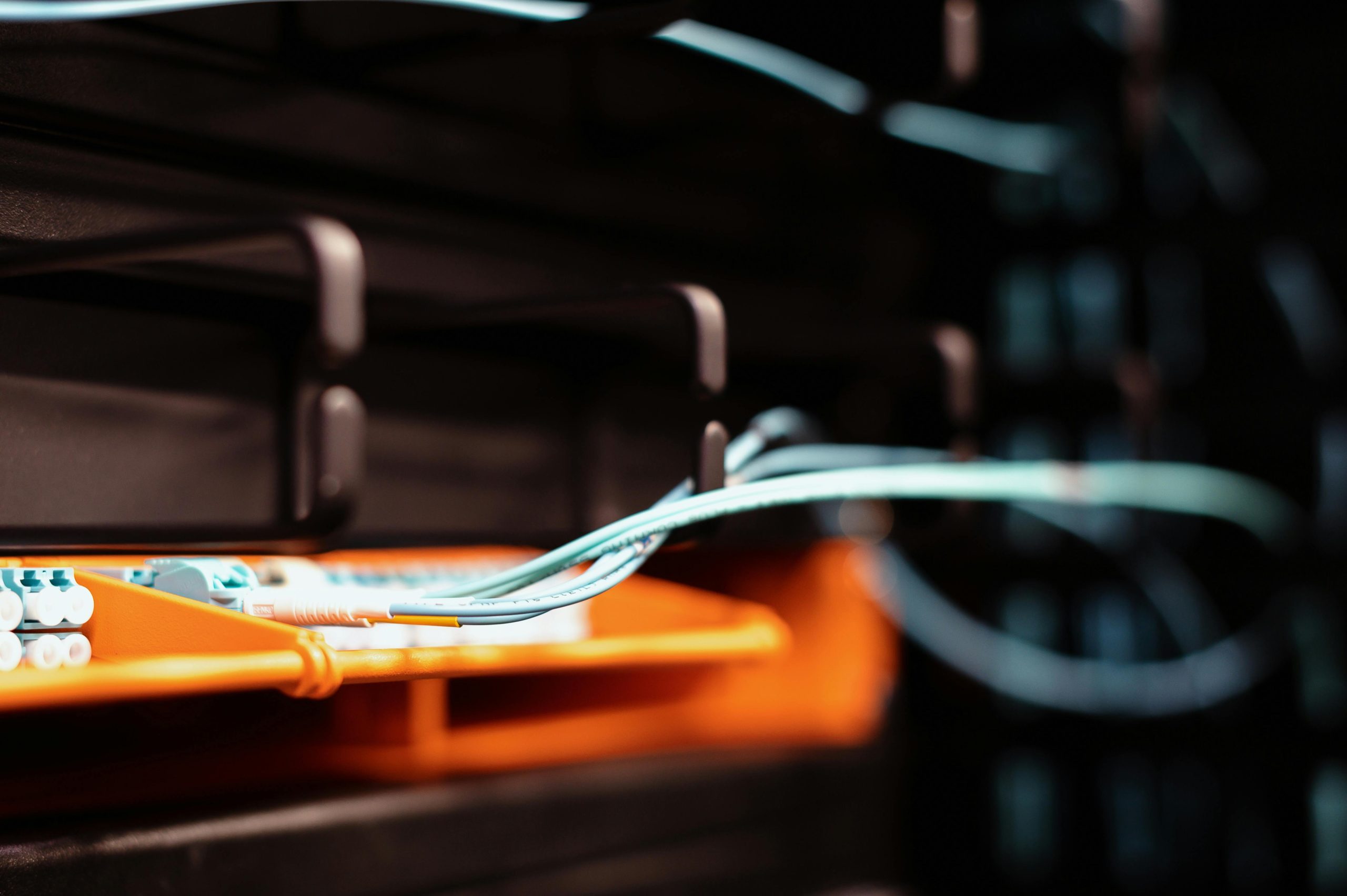Is it Safe to Use a Power Supply with Slightly Higher Voltage? A Guide for PC Users
When it comes to powering your computer, choosing the correct power supply is crucial for both safety and optimal performance. A common question among DIY enthusiasts and everyday users alike is: Can I use a power supply with a voltage slightly higher than the specified requirement? Specifically, what are the implications of using a 19.5V power supply for a device that specifies a 19V input?
In this article, we’ll explore the considerations to keep in mind when selecting a power adapter, clarify the potential risks associated with minor voltage deviations, and offer practical advice to ensure the longevity and safety of your device.
Understanding Power Supply Voltage Specifications
Most electronic devices, including all-in-one PCs, require a specific voltage input to operate correctly. The manufacturer’s specifications usually specify a nominal voltage, along with acceptable tolerance ranges. For example, a device rated at 19V may tolerate slight variations, but the details depend on its internal design.
Power supplies themselves often specify a voltage output, such as 19V, 19.5V, or 20V, and are typically designed with some margin to accommodate voltage fluctuations. These tolerances help prevent hardware issues caused by voltage spikes or drops.
The Impact of Using a Slightly Higher Voltage
Using a power supply that outputs a voltage slightly above the device’s requirement—say, 19.5V instead of 19V—generally raises the question of safety and compatibility.
-
Minor Voltage Differences Are Usually Tolerated: Many modern electronic devices can handle slight overvoltages within their design tolerances. A 0.5V difference on a 19V device equates to approximately a 2.6% increase, which is often within acceptable limits.
-
Potential Risks Are Minimal But Not Zero: While small increases are often safe, persistent overvoltage could, over time, stress internal components such as capacitors and voltage regulators, potentially leading to reduced lifespan or malfunction.
Factors to Consider Before Using a Slightly Higher Voltage Power Supply
-
Check Manufacturer Tolerance Specifications: Consult your device’s manual or technical documentation for acceptable voltage ranges. If the device specifies a voltage range (e.g., 19V ± 5%), a 19.5V supply may be acceptable.
-
Assess the Quality of the Power Adapter: High-quality power supplies with regulated outputs are less likely to cause issues
Share this content:



